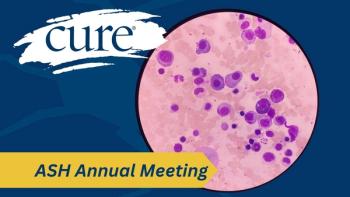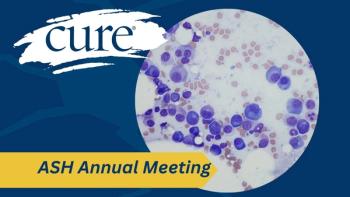Young patients with grade 3 oligodendroglioma have shown distinct clinical presentation, molecular features and outcomes compared to older patients with less molecular abnormalities and better overall survival, according to study findings published in American Cancer Society.
According to the National Cancer Institute, oligodendroglioma is a rare, slow-growing brain or spinal cord tumor that forms in the cells protecting nerve fibers, also called an oligodendroglial tumor. Grade 3 oligodendrogliomas are cancerous, meaning they are fast-growing tumors. Grade 3 oligodendrogliomas are also called anaplastic oligodendrogliomas.
After a median follow-up of 95 months, the median progression-free survival was 123 months in the younger group versus 88 months in the older group. Median overall survival was not reached in younger patients and was 163 months in older patients. In multivariate analysis, complete or subtotal resection and having seizures at diagnosis were associated with longer overall survival.
Glossary:
Progression-free survival (PFS): time during and after treatment that a patient lives without the tumor growing or spreading.
Overall survival (OS): time from diagnosis or treatment start until death from any cause.
1p/19q codeletion: a genetic marker where parts of chromosomes 1p and 19q are missing; common in oligodendrogliomas and associated with better prognosis.
hTERT mutation: genetic change in the telomerase reverse transcriptase gene, often found in cancer cells.
Chromosome 9p loss: loss of genetic material from chromosome 9p, linked with worse outcomes.
“These differences highlight and support the development of dedicated prospective studies for this young population, including specific programs following the oncological treatments,” said Dr. Alexandre Bertucci and collogues in the study.
Bertucci is affiliated with Aix-Marseille University, CNRS, INP, Institute of Neurophysiopathology, GlioME Team; Neuro-oncology Service, Timone University Hospital (APHM), Marseille, France.
Researchers hypothesize that fewer progression events in this group may reflect less aggressive recurrences in younger patients, possibly due to fewer molecular or chromosomal abnormalities.
In patients younger than 40 years, the presence of mass effect — when a tumor pushes on or displaces brain structures, which can lead to symptoms or complications — on MRI and focal neurologic deficits were associated with shorter progression-free survival. Factors linked to shorter overall survival included absence of seizures, GFAP expression, chromosome 9p loss, certain pathological features and partial resection or biopsy.
In a multivariate analysis, mass effect remained associated with shorter progression-free survival, while absence of seizures and partial resection or biopsy remained associated with shorter overall survival. Prognostic factors differed between younger and older patients. Among younger patients, 19 died during follow-up, with no clear pattern in characteristics. Of these, some had mass effect, elevated Ki67, chromosome 9p loss or received limited first-line treatment.
Patient Characteristics and Study Design
The study included 111 patients younger than 40 and 363 patients 40 or older. Treatment received was similar between the two age groups. Tumors in older patients were more frequently located in the temporal lobe, while younger patients more often presented with seizures as the first symptom. Younger patients were also less likely to have chromosome 9p loss or CDKN2A homozygous deletion.
The median age at diagnosis was 49 years, with 7.7% having a lower performance status. Common symptoms were seizures (56%), signs of increased brain pressure (29%), cognitive changes (15%), and weakness or numbness in specific areas (11%).
Complete tumor removal was achieved in 28% of patients. After surgery, treatments varied: some were monitored, while others received radiation, chemotherapy, or a combination of both.
All tumors had a genetic feature called 1p/19q codeletion. Other common genetic changes included mutations in the hTERT gene (93%) and alterations in chromosomes 9p, 7 and 10q. Age over 50 was identified as a key factor affecting prognosis.
Clinical data were prospectively collected for all patients diagnosed with grade 3 ovarian granulosa cell tumors between April 2009 and August 2021, as part of the national POLA database. Researchers compared outcomes between patients younger than 40 and those older than 40.
Reference:
"Characteristics, outcome, and prognostic factors of young patients with central nervous system World Health Organization grade 3 oligodendrogliomas IDH-mutant and 1p/19q codeleted: a French POLA network study" by Dr. Alexandre Bertucci, et al., American Cancer Society.
For more news on cancer updates, research and education, don’t forget to subscribe to CURE®’s newsletters here.






